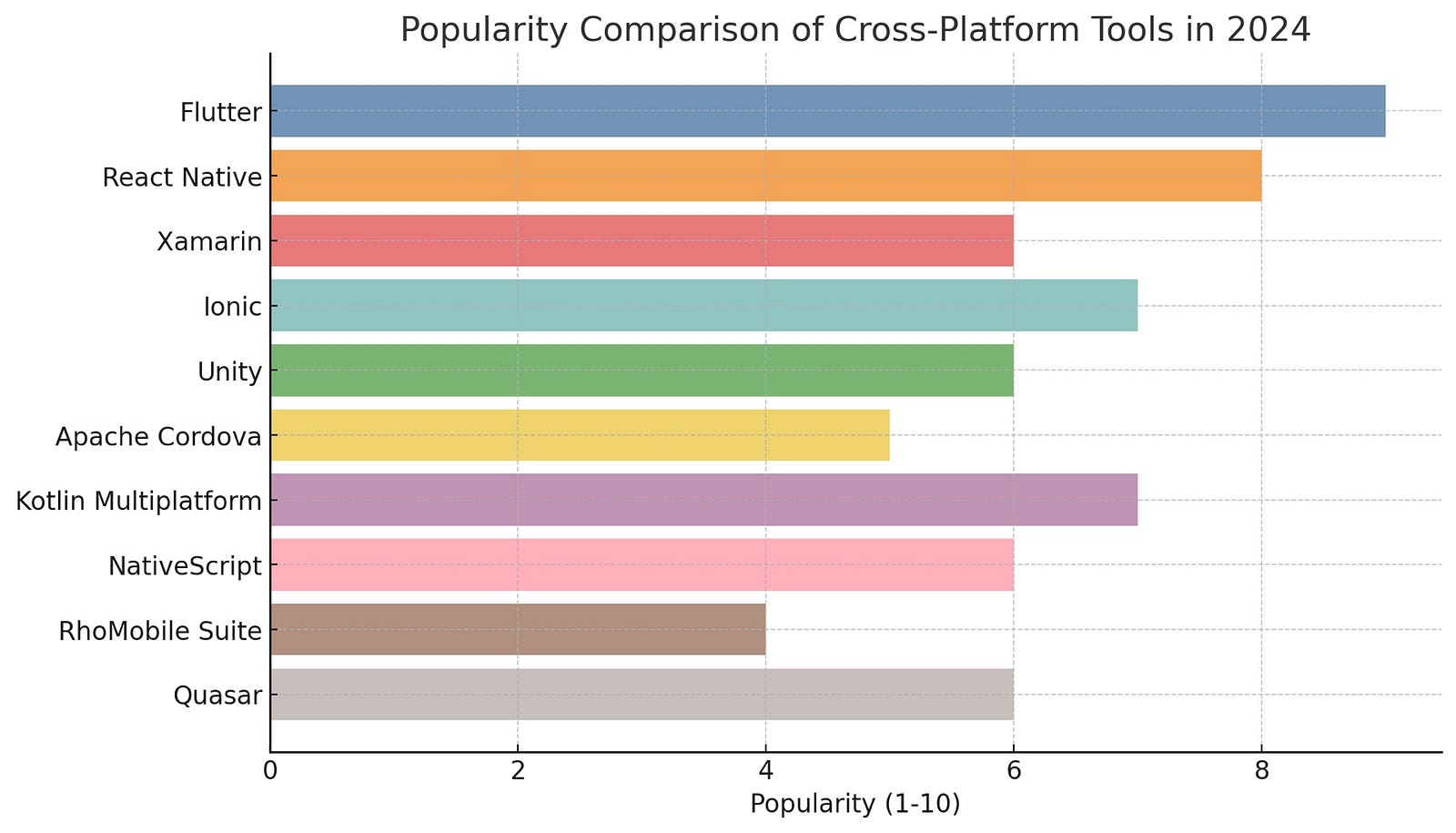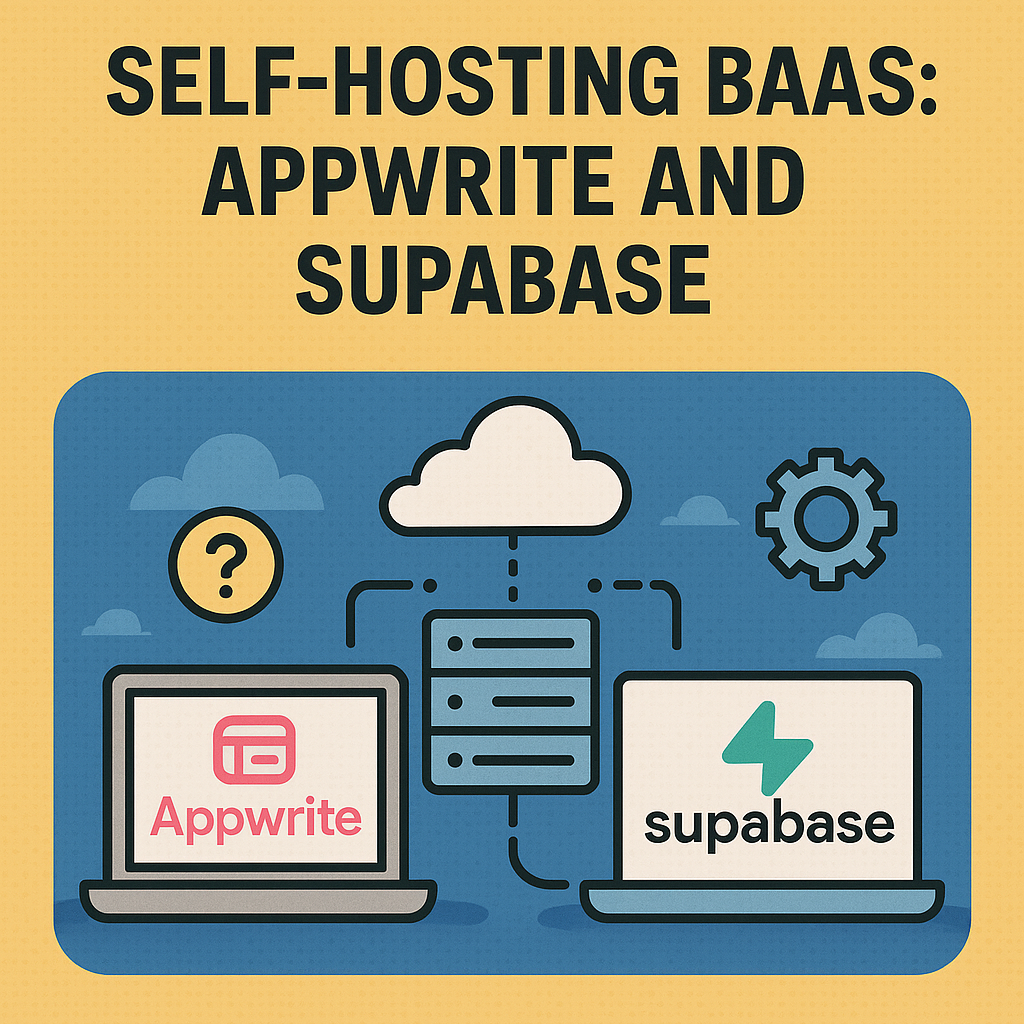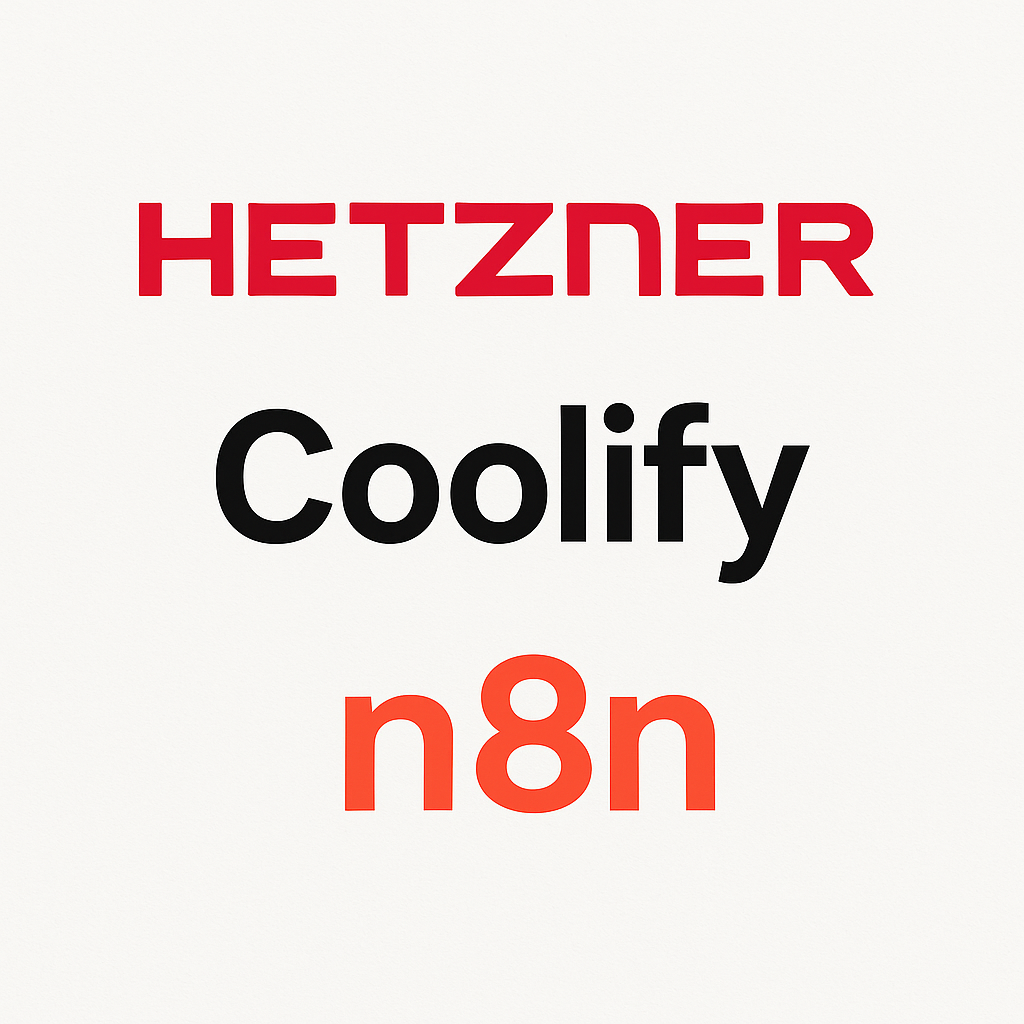Choosing the right cross-platform mobile development tool can be a game-changer for your project. The ideal tool can reduce development time, offer near-native performance, and make it easier to manage a shared codebase across platforms like iOS, Android, and even the web. But how do you decide which framework is the best fit for your needs?
In this blog, we’ll take a data-driven approach to compare the top cross-platform development tools in 2024 across six key metrics:
• Popularity
• Adoption Rate
• Performance
• Development Time
• Reliance on External Libraries
• Learning Curve
Let’s dive in and see how leading frameworks like Flutter, React Native, Xamarin, and others stack up.
- Popularity: Which Tools Dominate the Market?

Popularity is a good indicator of a tool’s community size, available resources, and overall trust within the developer ecosystem.
• Flutter leads the pack, driven by its robust features and Google’s backing.
• React Native closely follows, thanks to its wide adoption by startups and enterprises alike.
• Xamarin and Ionic also maintain a solid presence, though they cater to more niche audiences.
2. Adoption Rate: How Quickly Are These Tools Gaining Traction?

Adoption rate reflects how quickly a tool is being embraced by new projects and developers.
• Flutter and React Native continue to grow rapidly, fueled by their flexibility and strong community support.
• Kotlin Multiplatform Mobile (KMM) is gaining momentum as more Android developers transition to cross-platform development.
3. Performance: Delivering a Native-Like Experience

Performance is critical for mobile apps, especially those requiring smooth animations, fast load times, and efficient memory usage.
• Flutter and KMM offer near-native performance, making them ideal for high-performance apps.
• Unity excels in 3D and AR/VR applications, while NativeScript provides direct access to native APIs, boosting performance.
4. Development Time: Which Tools Help You Build Faster?

Time-to-market is a crucial factor for startups and enterprises alike. Some frameworks offer faster development cycles by providing reusable components and hot reload features.
• React Native and Ionic shine here, thanks to their rich libraries of pre-built components and easy integration with web technologies.
• Xamarin offers excellent integration with Visual Studio, streamlining the development process for C# developers.
5. Reliance on External Libraries and Plugins

Some frameworks rely heavily on third-party libraries to extend functionality, which can affect the long-term maintainability of your project.
• Unity and Flutter offer comprehensive built-in functionalities, reducing the need for external dependencies.
• Cordova and Ionic, on the other hand, rely more on third-party plugins, which may require additional maintenance.
6. Learning Curve: How Easy Are These Tools to Master?

Finally, the learning curve is an essential consideration, especially if you’re onboarding new developers or switching from another framework.
• Ionic and Cordova are relatively easy to pick up for web developers familiar with HTML, CSS, and JavaScript.
• Flutter and Unity have steeper learning curves but offer extensive documentation and community support to help developers ramp up.
Conclusion: Which Framework Should You Choose?
There’s no one-size-fits-all solution when it comes to cross-platform mobile development. Here’s a quick summary:
• Flutter: Best for high-performance, visually rich apps with a single codebase for mobile, web, and desktop.
• React Native: Ideal for startups and enterprises looking for a balance between speed and performance.
• Xamarin: A great choice for enterprises invested in the Microsoft ecosystem.
• Unity: The go-to option for gaming and AR/VR applications.
• Kotlin Multiplatform Mobile (KMM): Perfect for teams focused on sharing business logic across Android and iOS while maintaining native UI.
Ultimately, your choice should be guided by your project’s requirements, your team’s expertise, and the desired user experience.
Which framework are you most excited to try in 2024? Share your thoughts in the comments!





Leave a Reply